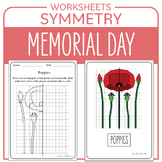10 results
Adult education geometry laboratories

Make Multiple Vectors Fun! Pirate Treasure Hunt - Physics, Trigonometry
This is one of my student’s favorite activities. Who doesn’t want to go outside and map out some vectors? It works well in physics or trigonometry for understanding how to add and subtract multiple vectors. 10 different maps are provided for student groups to make their way from a single point of origin to a designated, X-marks-the-spot, using compass headings of N, S, E, and W and specified distances. The groups all have a different path but end up at the same place. At the end, students dr
Subjects:
Grades:
8th - 12th, Higher Education, Adult Education
Types:
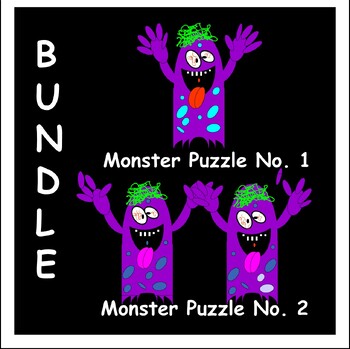
BUNDLE: 45-45-90, 30-60-90, CIRCLE AND SQUARE PUZZLES
A collage of a circle and a square is presented; diagonals are inserted.* A chart below the figures is given for students to fill in the measurements of each segment and/or circumference based on one given value.* The puzzle is quite the challenge, but can be a rewarding activity to complete especially if students compete with one another in class to see who can fill the table fastest and most accurately.* Additionally, the puzzle can be used as an extra credit project when they finish daily as
Subjects:
Grades:
10th - 12th, Higher Education, Adult Education
Types:
CCSS:
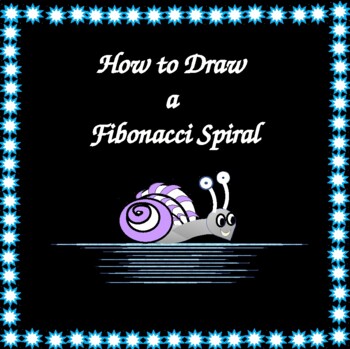
Math Lab How to Draw a Fibonacci Spiral and DISTANCE LEARNING/NO PREP
I am absolutely excited to share the following Math Lab that teaches students how to draw a Fibonacci Spiral!* This lab is an outstanding way to open any lesson or unit on sequences!* Leonardo Fibonacci is introduced and it is explained to students how the sequence got its name.* Students are given examples of the Fibonacci Sequence as it appears in nature and in architecture.* A list of materials required to complete this lab is provided in the lab.* Students follow well-defined steps to
Grades:
5th - 12th, Higher Education, Adult Education
Types:
Also included in: BUNDLE: Draw the Fibonacci Spiral, Fibonacci in Nature, Golden Ratio
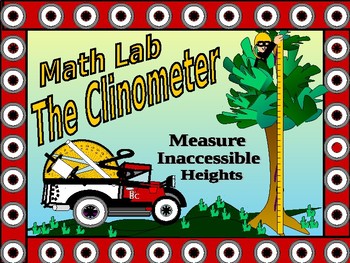
Math Lab: The Tangent Ratio, a Clinometer, and Inaccessible Heights
The following math lab is a follow-up to lessons on the Trigonometric Ratios:* In the lab, students follow steps to create a measuring device called The Clinometer* Students use the Clinometer to measure objects of inaccessible heights such as trees or flag poles.* To measure the objects, students use their Clinometer and apply the Tangent Ratio.* Students work with a partner. * One partner looks through the Clinometer while the other partner records the data required to calculate the tange
Subjects:
Grades:
7th - 11th, Higher Education, Adult Education
Types:
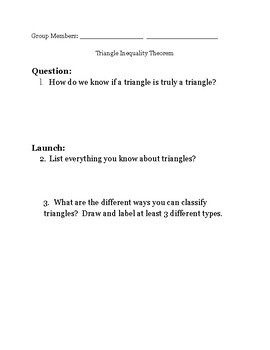
Discovering the Triangle Inequality Theorem Using Spaghetti
This is a great activity for students to discover the Triangle Inequality Theorem. The students will manipulate spaghetti noodles and see what side lengths will create a triangle.
Grades:
7th - 12th, Adult Education
Types:
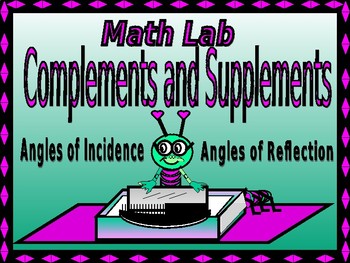
MaLab Complementary and Supplementary Angles from Light Rays/DISTANCE LEARNING
Students have a great time with this lab learning about complementary and supplementary angles as seen through the following activity using light rays!
* Students begin the activity by defining Complementary and Supplementary angles
* Students observe light traveling in straight, parallel lines through the teeth of a comb
* Students learn about angles of incidence and angles of reflection using light, the comb and a mirror.
* Students calculate the complements and supplements to the ang
Subjects:
Grades:
8th - 12th, Higher Education, Adult Education
Types:

Math Lab: Investigating Volume/DISTANCE LEARNING/NO PREP
In the following lab, students enjoy a "hands-on" activity to learn the reasoning behind the formulas used in calculating for volume in two solids, the pyramid and the prism.
* Students draw the nets on poster board for a pyramid and a prism, given precise measurements.
* Students carefully cut the nets out and fold according to directions.
* Students use unpopped popcorn, uncooked rice, or dried beans to fill their solids.
* Students compare the volume of a pyramid and a prism with
Subjects:
Grades:
7th - 12th, Higher Education, Adult Education
Types:
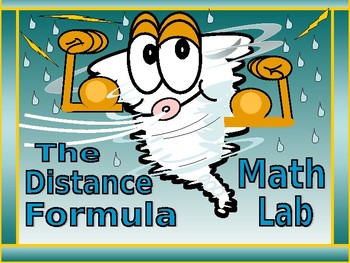
Math Lab: The Distance Formula/DISTANCE LEARNING/NO PREP
I am extremely happy to offer the following math lab on The Distance Formula!
* Students are instructed to use their imagination and chart the path of a tornado that picks up a house in the New Orleans area and puts it down in the southern Florida area.
* The longitude and latitude coordinates of the tornado's path are provided on a table
* A tracking map is provided for students to transfer the data from the table to the map.
* Students calculate the distance between the starting po
Grades:
7th - 12th, Higher Education, Adult Education
Types:

Molecular Structure Analysis & Construction
Help bring your chemistry exploration of molecular structures & geometries with this beautifully illustrated worksheet & lab. Subtopics covered include: Lewis Structures, Molecular Bonding, Molecular Weight, and Geometries and bond angles. Ideal for a lab or cooperative learning activity, Molecular Structure Analysis & Construction also includes a virtual molecule construction component as well as a hands-on lab component. Students will enjoy the hands-on portion as it neatly ties ma
Subjects:
Grades:
8th - 12th, Higher Education, Adult Education
Types:
NGSS:
HS-PS1-1
, HS-PS1-3
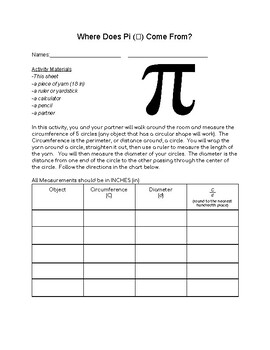
Where Does Pi Come From?
Pi Day ACTIVITY!!!! This is a great activity for students to learn (mathematically) where Pi comes from. The activity gets the students out of their seats and moving around the room.
Subjects:
Grades:
7th - 12th, Higher Education, Adult Education
Types:
Showing 1-10 of 10 results

